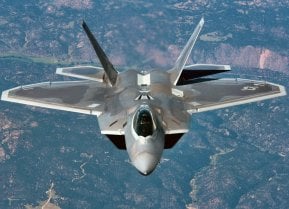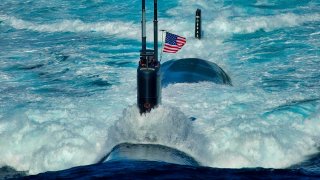Merge a Submarine and Aircraft Carrier: The U.S. Navy's Future Warship
China's growing military might push the U.S. Navy to consider some sort of hybrid vessel that merges the best ideas from submarines and aircraft carriers into one powerful warship.
Why the Navy Could Merge a Submarine and Aircraft Carrier: China has launched extensive military exercises around Taiwan, likely in response to Taiwan's new pro-independence president. Taiwan has countered by deploying supersonic anti-ship missiles and coast guard vessels. This is seen as a practice for a potential Chinese blockade or invasion, with Chinese state media suggesting an invasion could happen soon. The situation underscores the importance of the U.S. Navy's submarine force and the need for increased submarine capabilities and unmanned underwater vehicles (UUVs) to counter China's anti-access/area-denial (A2/AD) systems.
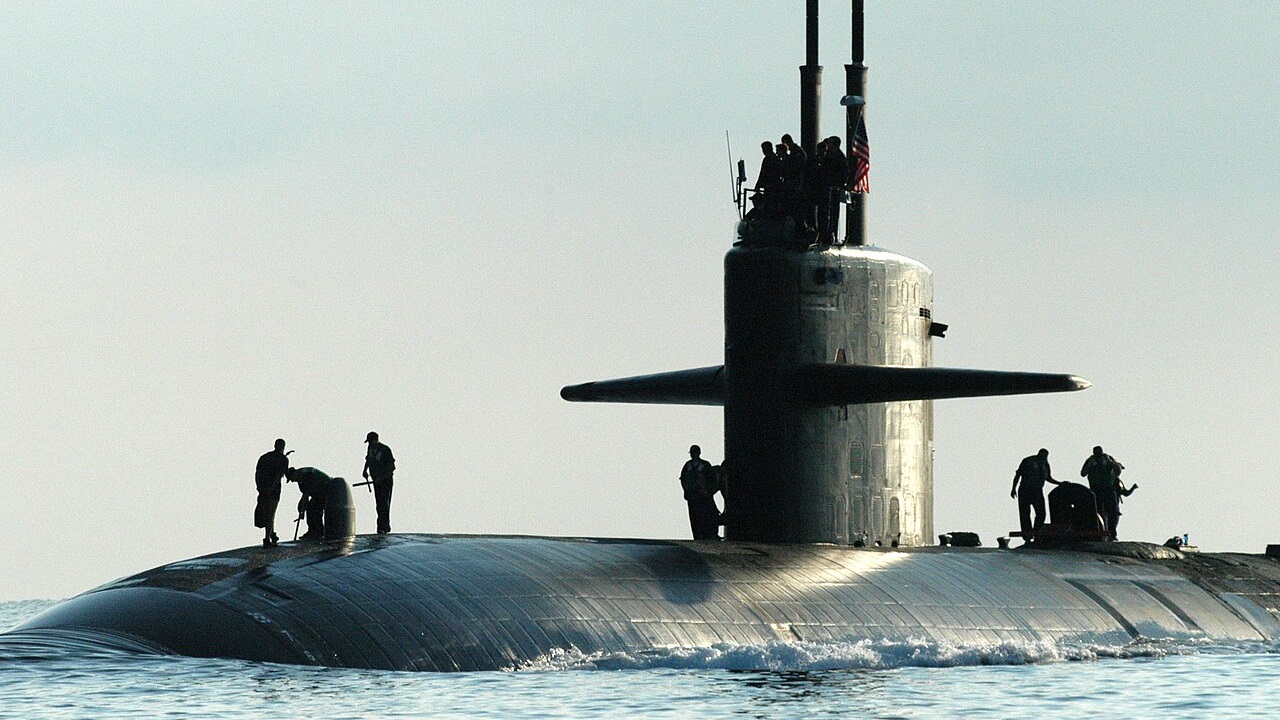
Submarines and Aircraft Carriers Merged to Carry Drones?
China has launched a wide-ranging military exercise around Taiwan. Most believe this was in response to the inauguration of Taiwan’s new pro-independence president. In response to the sudden Chinese exercises around Taiwan (which Taiwan’s foreign ministry believes is a practice run for China’s inevitable blockade of the island), Taiwan’s military moved supersonic anti-ship missiles to their coastlines and deployed their coast guard to ward off the Chinese interlopers.
What we are seeing is, as Taiwan’s foreign ministry has long feared, a practice run for a much larger, more brutal Chinese military move against the island. As the Chinese navy harassed and surrounded the island, recent reports indicate that China is also moving large numbers of ground forces to their coastline.
Another rumor started by the Chinese government in the Chinese state-owned press claimed that Beijing will attempt an invasion of Taiwan this June—just eight days away from now!
Whatever happens next, it is obvious that the navies of all countries will be the first point of contact if—more like when—the shooting starts. Those of you familiar with my writings at this site by now understand my concerns (and the concerns of many experts) about China’s comprehensive regional anti-access/area-denial (A2/AD) capabilities. These systems, if they work as advertised, essentially render US (and allied) surface warships obsolete.
Or at least they will render most surface warships, notably aircraft carriers, useless until they can be destroyed.
A2/AD: Denying Power Projection
The key issue is power projection. How does a primarily expeditionary military force, such as the United States Armed Forces, get its forces and equipment, let alone deliver its destructive payloads, over enemy targets if those targets are thoroughly defended by a decentralized, integrated nexus of regional missile, rocket, and hypersonic weapons?
Such weapons, mind you, that cost a fraction to produce and deploy compared to the American and allied platforms (again, notably aircraft carriers) that they will be tracking and targeting.
And that last point is key.
Because those weapons systems—the rockets, missiles, and hypersonic weapons—would be useless if they were not married to a reliable, redundant suite of long-range sensors to identify, locate, and track US surface warships in real-time. China has married their A2/AD weapons with such sensors. These tracking systems have a range as far as 1,000 kilometers from where they’re stationed and go from the very low-tech (such as balloons launched into the atmosphere with sensors attached to it), all the way to the high-tech, such as artificial intelligence-driven surveillance satellites.
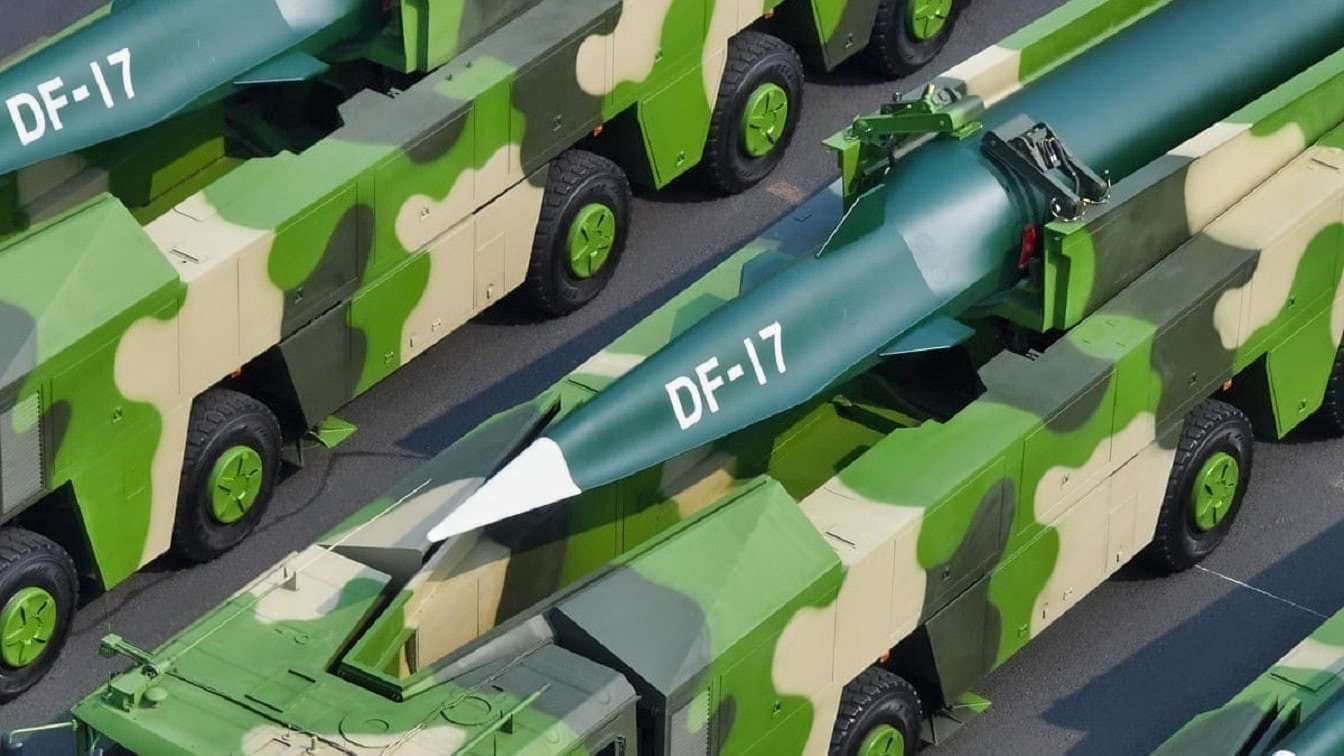
The Americans must learn to not only fight at a distance—farther than what their systems are already conditioned to do—but to do so in a stealthier, faster, and safer way for the US personnel who will be called into that fight. That is why the submarine force of the US Navy is so important. It’s also why the nuclear submarine deal between Australia, the United Kingdom, and the United States (AUKUS) was such an important step when it was formalized in 2021.
What’s more troubling is the fact that the Pentagon cannot acquire enough submarines for the task at hand—fighting a hardened Chinese foe in their own backyard—because of limitations at America’s shipyards.
What’s needed is a rapid surge in submarine capabilities, not only in the United States but throughout the shipyards of allied navies as well. Another technology that will be essential in the coming years will be unmanned underwater vehicles (UUV).
The Pentagon is already testing increasingly sophisticated versions of this technology. The hope is that these systems will eventually become large enough and be able to operate close enough to enemy shores, while maintaining stealth, that Chinese detection and A2/AD weapons will be unable to threaten the strike capabilities of these UUVs the way that they can threaten US surface warships and even submarines.
Drone Submarine Aircraft Carriers are the Future
Lastly, one experimental concept is the notion of fusing the airstrike capabilities of aircraft carriers with that of a submarine. This concept was first toyed with by the Imperial Japanese Navy (IJN) in the final years of the Second World War.
After the IJN had lost its aircraft carriers in battle with the Americans, their engineers developed a specialized submarine that could launch a seaplane. That seaplane would be equipped with torpedoes. The submarine would secretly travel to within range of the Panama Canal, deploy the seaplanes, and those planes would destroy the Panama Canal’s lochs, thereby destroying the canal.
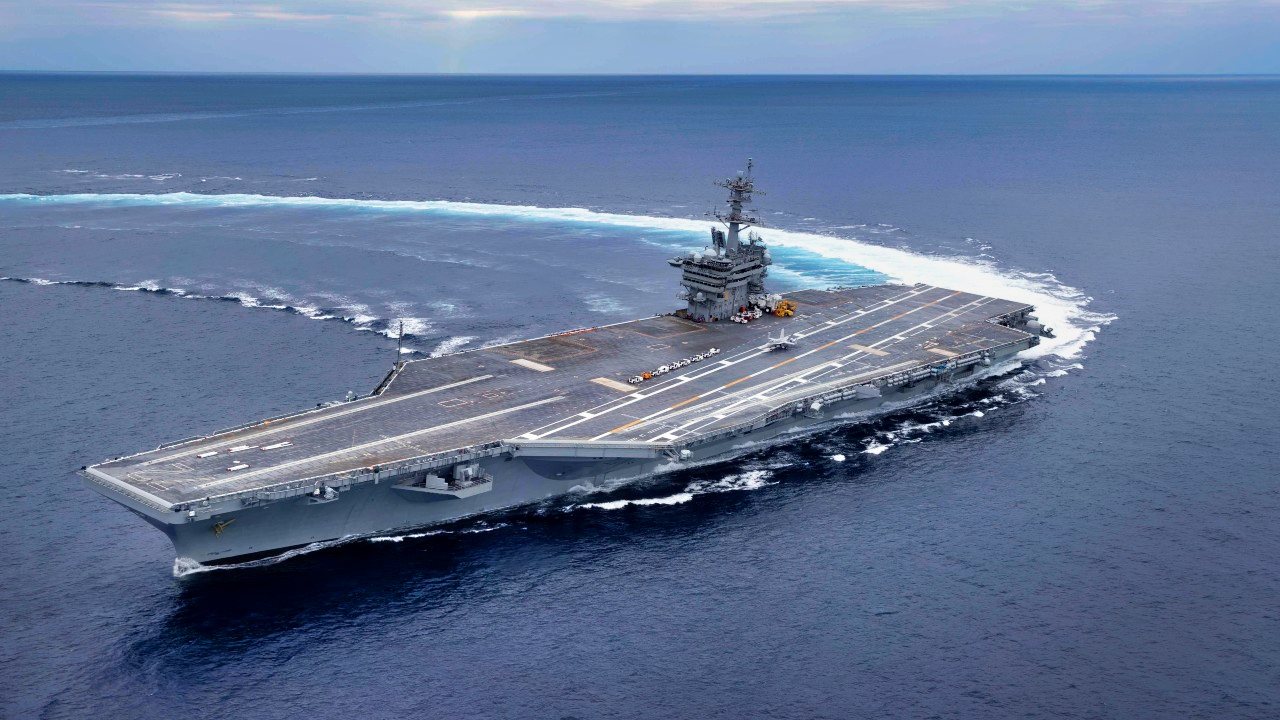
A prototype was built and tested. That prototype was captured by the Americans at the end of the war. But the concept is a brilliant one—especially in the age of A2/AD. And, if adapted for modern technologies and needs, a submersible aircraft carrier is possible. Instead of launching seaplanes, though, that submarine could deploy swarms of unmanned aerial vehicles. These are just some ideas to push the US military beyond the blockade that China’s A2/AD capabilities have created around the US military.
About the Author:
Brandon J. Weichert, a National Interest national security analyst, is a former Congressional staffer and geopolitical analyst who is a contributor at The Washington Times, the Asia Times, and The-Pipeline. He is the author of Winning Space: How America Remains a Superpower, Biohacked: China’s Race to Control Life, and The Shadow War: Iran’s Quest for Supremacy. His next book, A Disaster of Our Own Making: How the West Lost Ukraine, is due October 22 from Encounter Books. Weichert can be followed via Twitter @WeTheBrandon.
